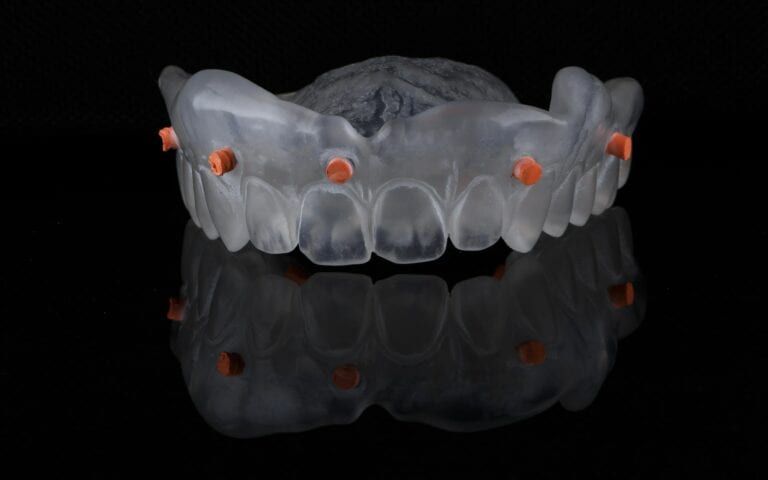Digital technology is no longer a novelty, and for more than 30 years, dentists have been using intramural scanners for manufacturing restorations for patients. The original intent of CAD/CAM technology is to provide restorations, but what about a diagnosis? Initially, traditional impressions allowed dentists to find an easier way to manage their patients’ restoration by giving their laboratories a physical copy of their patients’ teeth. Still, with digital impressions, dentists can now comprehensively analyze their patient’s teeth from the inside out, observing the indentations and misalignment throughout.
We’re here to outline some of the most common misalignment found when observing digital impressions and how those impressions can actually benefit dentists in being able better to diagnose problems with their teeth for better restorations.
The Benefits of Digital Impressions For Diagnosis
Digital impressions are able to increase the accuracy of an image and allow dentists to make restorations possible, especially if they have their own equipment at hand, by using laser scanning, the scan’s ability to concentrate and create precise detail. Because of the advances in digital technology, patients don’t have to hold unpleasant molding material in their mouths and have a better experience with restorations. However, most often, dentists will use intra-oral x-rays to view the entire inside of the mouth’s structure. Hence most dentists won’t use digital impression technology for diagnosis but rather for creating treatment.
But can digital impressions be used to see problems in the teeth? Yes, but not quite. While not normally used for diagnosing dental problems, digital impressions have been able to improve working time, increase productivity, and increase the quality of oral rehabilitation for patients. They’re slowly replacing traditional impressions over time, making them a, and while not many dentists use digital impressions as a diagnostics tool, it can be used to greatly improve and correct any design flaws with restoration treatments, such as misaligned veneers, unfitted dentures, and improperly placed crowns.
Problems Digital Impressions Can Detect
So, what dental problems can be fixed with digital impressions? Digital impressions have allowed dental practices to expand their treatment options for patients and help patients receive restorations at a quicker time frame than with traditional impressions. Most often, impressions will be able to outline already pre-existing problems, including:
- Overbites/Underbites: Any misalignment in the ratio between the jawline and teeth can often create malocclusion, such as an overbite. If the bite ratio of your mouth overlaps in any form, your dental impressions will be able to pick up on this problem.
- Overcrowded Teeth: Because digital impressions work to precisely measure your teeth, they will also capture any signs of teeth being overcrowded, gaping, or misaligned.
- Undeveloped Jawline: The placement of your teeth in relation to your jawline matters. If you have any signs of TMJ disorder or bruxism, a digital impression will be able to pick up on it.
- Small/Crowded Palettes: The same applies to your palette or the upper roof of your mouth. Having a smaller, underdeveloped roof can lead to misalignment problems down the road, and your digital impressions can pick up on those issues.
For the best treatments, heading on over to your dentist or orthodontist will be able to help resolve any misalignment issues with your teeth and help correct your teeth for a healthier mouth.




